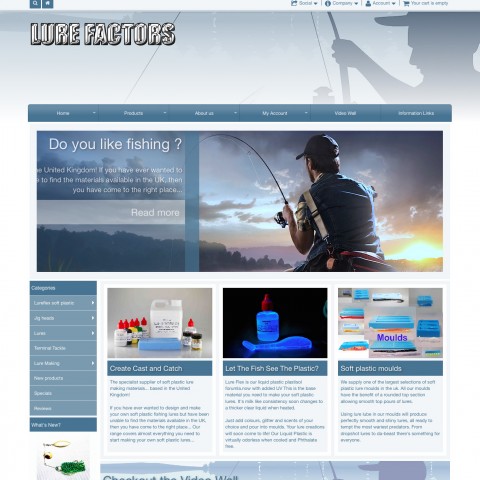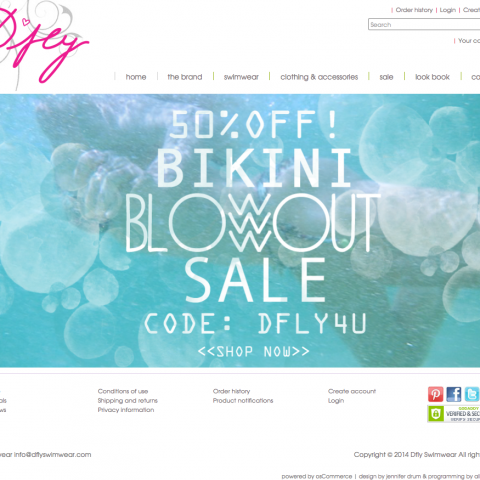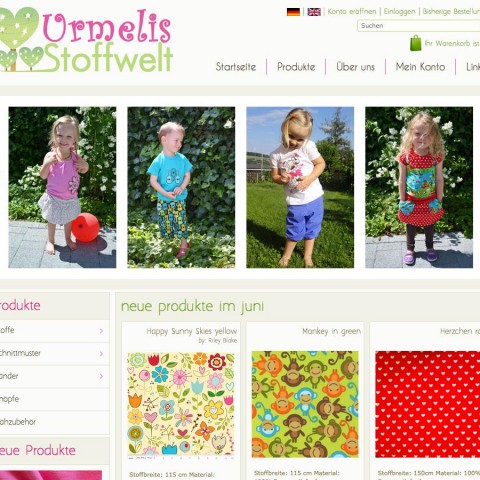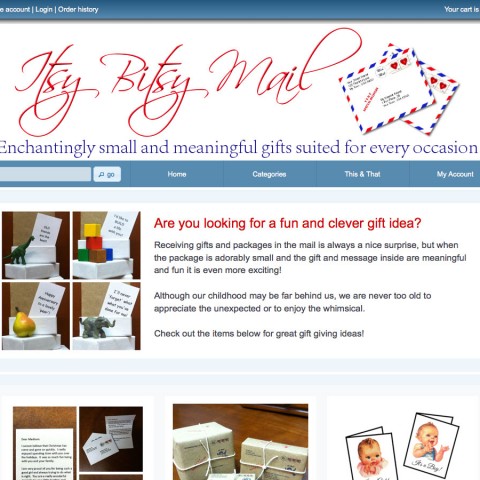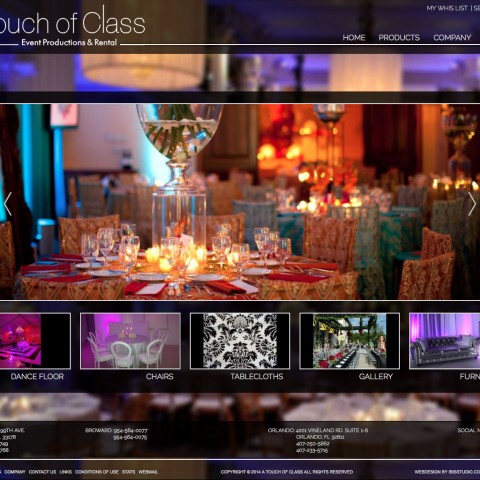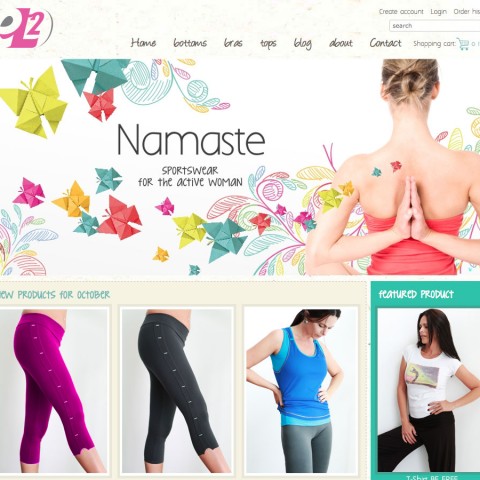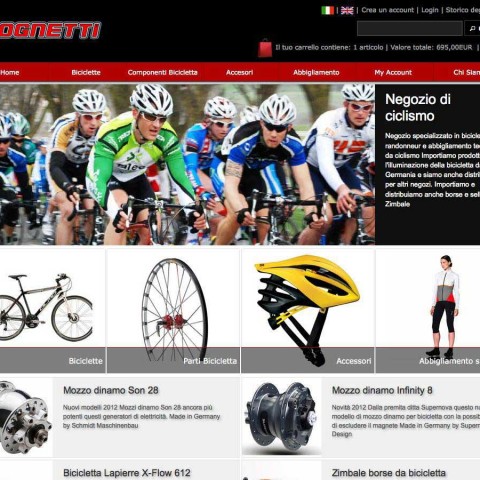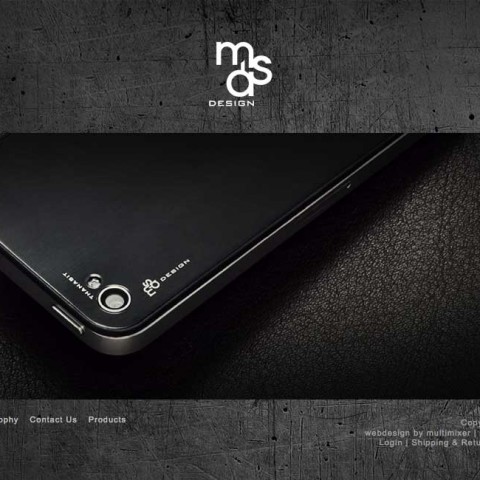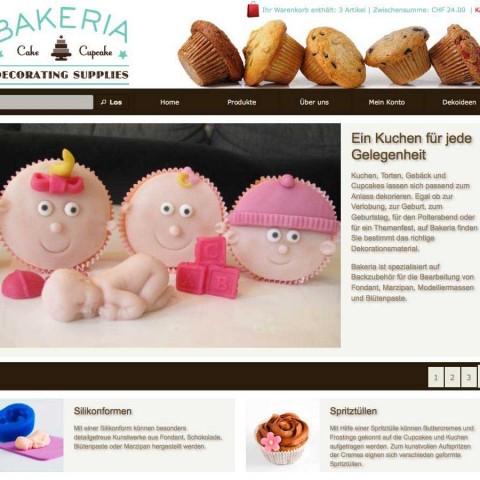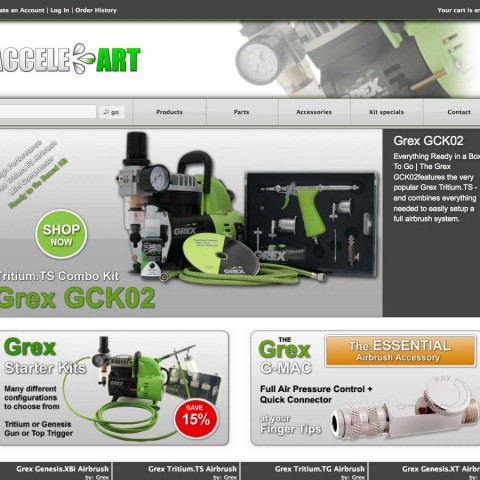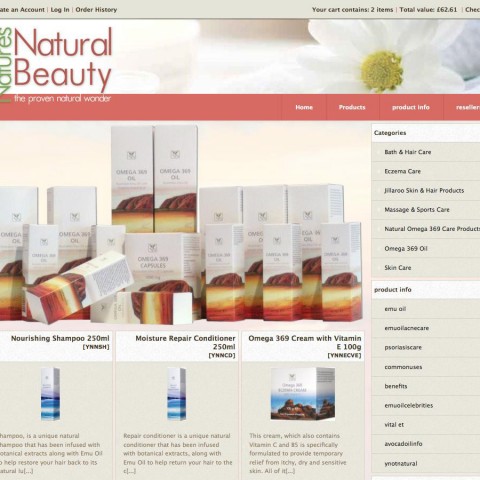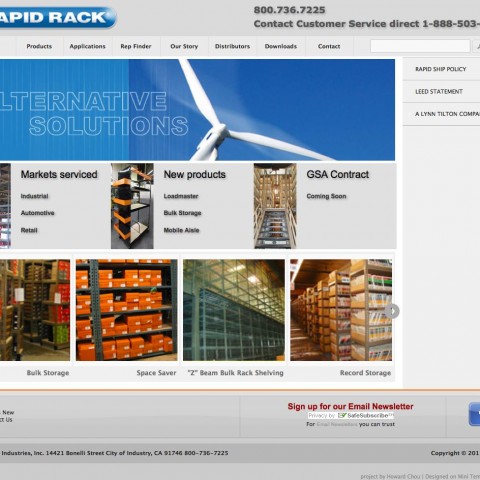Mini template system version 1.3 released (mts v 1.3 front page manager and banner manager)
Mini template system for osCommerce 2.3.1 has been upgraded. The new version is version 1.3
What is new in this version?
Banner manager
The new optimized banner manager allow to create, configure and manage banners in a much more efficient way than the default osCommerce banner manager. Some highlights:
- Banners can contain either an image or any html (for example a youTube or vimeo video). Additional a title and text can be added
- Banners adjust automatically to the page dimensions
- Banners can be linked to anywhere: For example an external page, any internal page, a category or a product. The process takes advantage of the existing link manager that got introduced in version 1.2, all possible link targets are available in a well structured tabbed panel, and selectable via radio buttons. Link targets can be previewed directly in the administration panel
- The banners link target can be set to open either in the same or in a new browser window
- Banners themselves can be previewed directly in the administration panel
Banners configured via the banner manager can be displayed on various areas of the store. The actual banner display style is set there. That means that the same banner can be displayed in a different way depending on where it is getting displayed
Please read more about the banner manager on the usage page
Front page manager
The front page manager is the first step to a direction of a completely modular store layout. The content of the front page can now be configured via the administration panel. Following modules are available at the first stage:
- Banners: Any banner group as defined via the banner manager
- Categories: Any level of categories (for example the top level categories, or any sub category)
- New products
- Specials
- Bestsellers
It can be chosen of course what category the displayed products should belong to (for example all products or products of a specific category)
The sort order can be set, so it’s easy to configure what module should be displayed on top of the page, what next etc
There are various display styles available: For example each module can be displayed as a slider or as a grid
There are many settings available to configure the content of each module: For example image, title, short description, buy now button, price etc
Finally there are many options available to configure the final display: Users can choose to use the active ui widget style (as set for the rest of the store), the predefined css style (depending on the color scheme in use) or they can do custom settings about almost any detail of the module
Language “box” in the header
This is in real not a “box” but meant to replace the “languages box” of osCommerce and to reduce in that way the amount of unnecessary boxes in the columns
In case the store has more than one languages installed, the relevant language flags will appear on a clearly visible and easily accessible part of the template, that is for the basic template the top left corne, just before the “login” and “create account” links. In case there is just one language installed, no language flag will be shown
Custom stylesheet
A custom stylesheet has been added. Any custom css modifications can be added into this file and will override any other css settings, except anything that was set in the administration panel. In that way store owners or developers can use css settings to fine tune their stores appearance without having to modify any of the existing files. Future upgrades will be much easier in this way. Custom stylesheets are template specific of course, so that each template can get it’s own specific customizations
Various other smaller issues have been fixed, for example the z index of the logo and the menu fly outs thanks to the valueable feedback of all mini template system users

